You know the old saying, “It’s as easy as falling off a ladder?” Well, it’s just as easy to stay on one if you follow some basic safety precautions. In fact, OSHA believes that 100% of falls and injuries could be avoided if you use a ladder safely and properly.

But before we talk about safety, let’s look at some statistics.
- Each year, emergency room personnel treat more than 90,000 people with ladder-related injuries. That’s an average of 246 injuries per day.
- Elevated falls (from ladders, scaffolding, construction sites, etc…) are the cause of 700 occupational deaths each year. That’s 15% of all occupational deaths.
- Half of all ladder-related accidents occurred while individuals were carrying items with them as they climbed.
- More than 32% of ladder-based injuries resulted in fractures.
To make sure you don’t become one of the numbers above, Flex Tech wants you to know some general safety rules that will keep you out of the emergency room.
Consider the work environment.
Are there electrical hazards above you? Is the ground wet? Is it a high traffic area? If outdoors, will the weather conditions (wind, rain, lightning, etc…) put you at risk? All of these factors need to be considered and planned for before you start any job.
Secure the area.
Secure your work location with safety cones to let others know that you will be working in that area. Also, if there’s a door that could contact your ladder, lock it. If you can’t, secure the door with safety tape and cones to prevent people from opening it. The last thing you want is to be up on the ladder and someone or something knocks it out from under you.
Choose the right ladder for the job.
Ask yourself why you need the ladder. Are you trying to access an elevated surface? Grab an extension or straight ladder. Changing a lightbulb in a ceiling-mounted light fixture? A step-ladder is the right tool for the job. And type isn’t the only important factor to consider. You also need to consider height and weight. Always use a ladder that is tall enough to do the job and never grab a ladder that is too heavy for you to carry.
Inspect the ladder.
Just like any tool, you should visually inspect your ladder before using it. Common problems include missing or broken rungs/steps, bent frames or missing or damaged spreader assemblies. If anything is missing or broken, don’t even consider using it.
Wear proper footwear.
It may seem like common sense, but always make sure you wear non-slip flat shoes.
Secure the base.
If you’re using a straight or extension ladder, make sure both legs are firmly on level ground. If it’s a step-ladder, make sure all four legs are full extended and firmly on the ground.
Don’t exceed the maximum load of the ladder.
The companies that build the ladders test them for maximum load weight and put warning labels on the ladders for a reason.
Once you’ve done all the prep work, you’re ready to climb. Here are some tips to keep it safe.
Keep three points of contact at all times.
Slow and steady is the best practice, so make sure you keep three points of contact at all times between your hands and feet so you don’t lose your balance.
Don’t carry anything while climbing.
Secure your tools and equipment on your tool belt or have a partner hand you the equipment you need once you’ve already climbed the ladder.
Don’t over-reach.
If your ladder is too short, don’t climb past the last safe rung to try to reach what you’re working on. Climb down and get a new ladder, one that is more suited to the job. If your work area is too far to the left or right, climb down and reposition your ladder so you don’t have to over-reach.
Don’t move the ladder while someone is on it.
Moving a ladder while someone is on it is the quickest way for both of you to end up in the emergency room. Have your partner climb down and then safely reposition the ladder where you need it to be.
Accidents happen. Sometimes we can’t escape them. But Flex Tech wants all of their employees to know that if you always consider your own personal safety and of those around you, you can reduce your chances of injury in a ladder-related accident.

